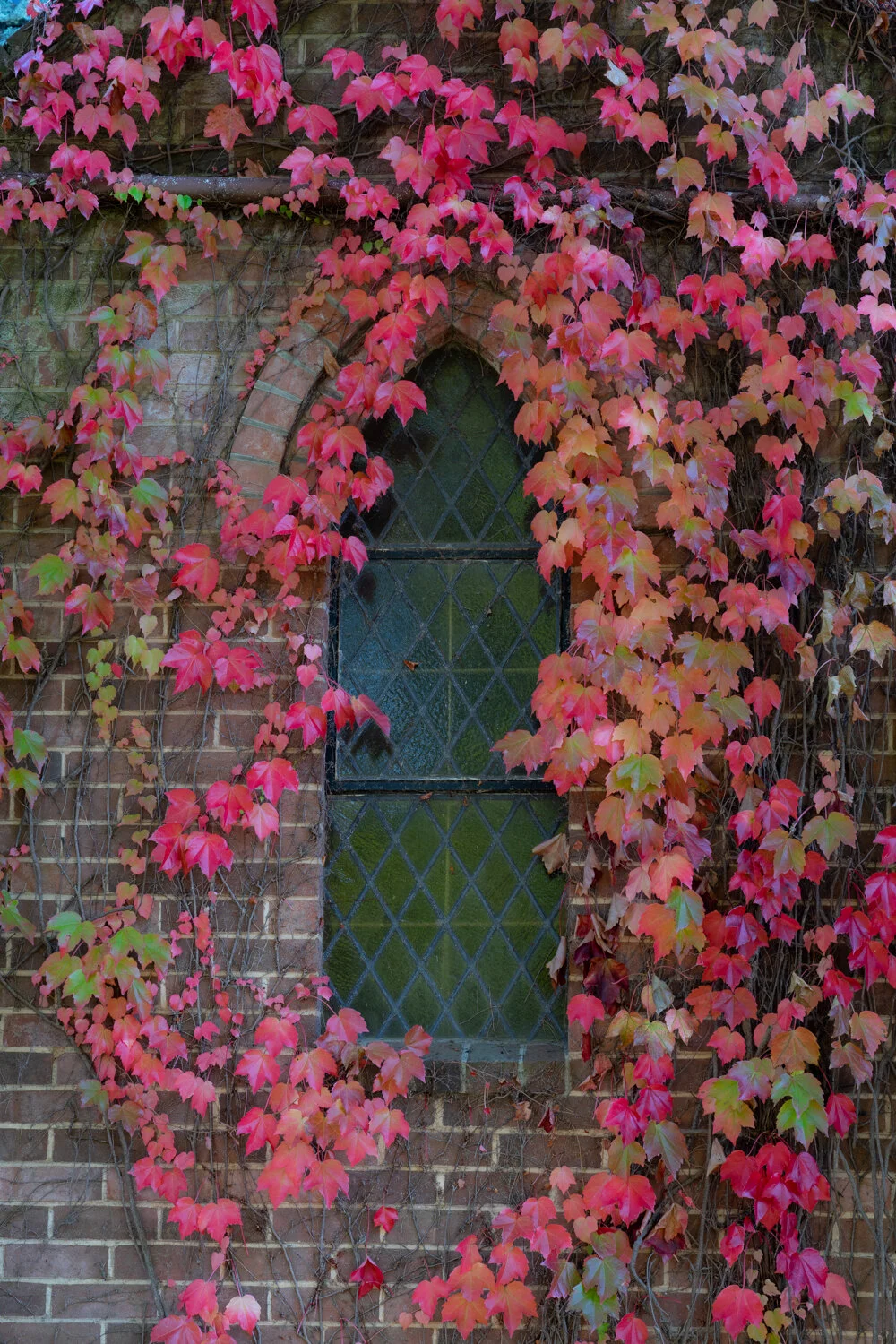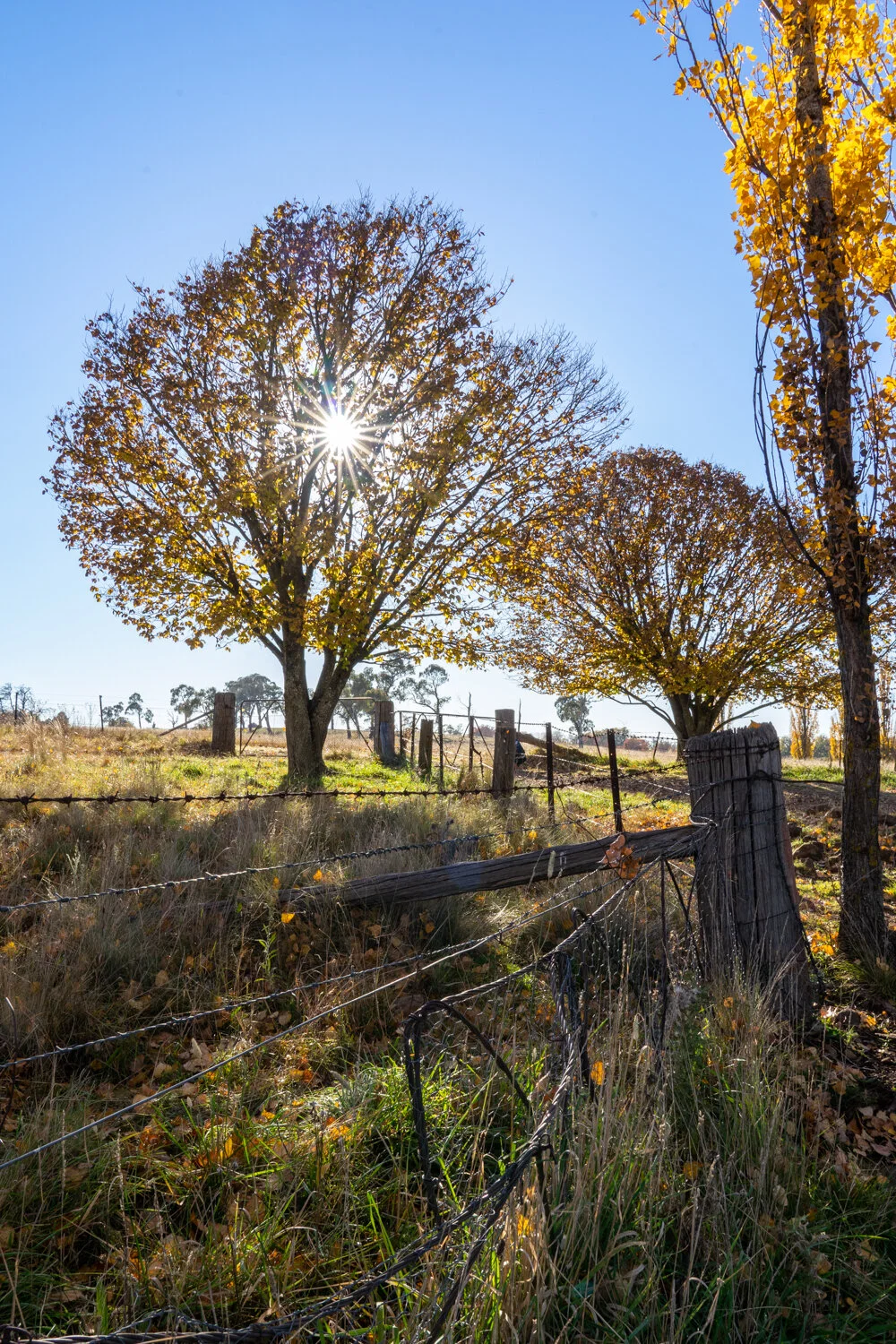As the cooler temperatures start to take hold what better thing to do than go on a road trip to country NSW in the hope of capturing some of reds, yellows and oranges of autumn.
On the bucket list is Gostwyck Chapel, a magnet for insta-photographers at this time of year. Officially known as 'All Saints Anglican Church', the Chapel was built in 1921 in memory of Major Clive Collingwood Dangar who lost his life during World War I.
Gostwyck Chapel is located on a small country road not far out of Uralla in New South Wales. What a great excuse to book into the nearby Thunderbolt Inn (also known as the ‘Bottom Pub’ to distuinguish it from the other pub up the road) for the night. This quintessential pub sums up the numerous watering holes in this part of NSW - A huge ‘chicken snitzy’ for dinner, comfy bed and a beer on tap that has continued to serve a cold ale since 1909.
Waking early (although probably not early enough), we pack the camera gear for the short drive. With the golden orb rising over the surrounding Poplar trees it was a quick stop as the landscape exploded into a sea of yellow.
What we forgot is that this time of year it can get very cold in the morning……. And i mean -2 Degrees cold!!
With the fingers partly frozen in place I was contemplating the need to push the shutter button with my nose. My sister decided she needed to warm her feet so proceeded to put her hand gloves over her toes in the vein hope of recovering blood flow.
Despite the cold, we pushed on to capture some of the colours that make this chapel famous.
What stands out most is the Virginia Creeper covering the chapel that is normally an apple green colour for most of the year. As temperatures cool the leaves turn a brilliant crimson.
Luckily for us there was only one photographer who was there when we arrived - obviously more dedicated than us - and a couple of others who came and went after capturing their snap to put on Instagram. As we were here mid-week we managed to avoid the crowds that can often turn up, shoulder to shoulder, to secure their ‘unique’ image.
I know it is hypocritical of me to trash the Insta-phenonium as I click away like thousands of people before me. But there is no denying the mad rush to copy other images that flood the internet. There is a famous site (Insta Repeat) that highlights the repetitive sameness of many pictures and the influencers who ‘wear the same yellow jacket on a lake in the canoe with a large sun hat’ pretending to be original. Today’s fast paced digital culture is driven by the mili-second finger scroll between photos taken by those who look no further than capturing that famous snap already captured by thousands before them.
Having gone through the drug phase of posting photos to get the adrenalin kick of ‘likes’, I am now a reformed social media addict, who has kicked the habit.
Now I know if anyone scrolls through my images (including these ones), you can equally accuse me of a lack of originality. I could argue that this is no different to the days of film photography (yes I was around for that) when you stood in front of the iconic land mark building like the Eiffel tower, to show where you have been. Equally I could argue that any image has already been captured by someone else, especially in those ‘scenic’ popular places to visit, and it is not possible to be unique.
But my self justification is that for me it is not the idea of capturing that one image, then moving on to the next, like a fisherman trying to catch the biggest fish – but the experience in between the shutter being pressed. The time with family and friends (such as this trip with my brother and sister) or the stories that lie behind an image. This is ultimately why I enjoy writing about my photography adventures (even if no one actually reads them).
While the Gostwyck Chapel is the cutest of the churches, we also spent some time exploring Armidale with its numerous churches surrounded by the many hues of autumn - and generally not on the Insta-bucket list circuit.
The day was spent exploring the back roads of places with names such as Saumarez, Ballydine, Walcha, Terrible Billy, and Hanging Rock (no NOT the one in Victoria bro) on our way to Nundle.
Amongst the paddocks and fields there is a constant streak of canary yellow as the Poplar trees reach for the sky. These large, stately trees are widely used for shelter belt planting and along driveways. At this time of year they explorde in a flush of colour providing an attractive landmark visible from miles around.
We spent 2 days exploring the backroads and country towns taking in the intoxicating colours of autumn. At the same time, we sampled the home-made apple pies and local jams freshly made by members of the Country Women’s Association and dined out on sausage rolls and vanilla slices from the corner bakery. We drank in the local pubs surrounded by more bush hats than a rodeo, and got lost in second hand stores overflowing with antiques.
While these may not make the ‘Insta hall of fame’, the flavours and hospitality will last much longer in my memory than any single image.
POST SCRIPT:
While the purpose of the trip was to photograph the colours of autumn it was hard not to capture some of the other classic images of this part of country New South Wales. So I will end this post with some images that you will hopefully not see on ‘Insta Repeat’……unless i start an amazing trend that everyone will want to copy?
Thanks for another great weekend with my brother and sister. While the photography is fun it is spending time together that makes these a great weekend.


















































































































































































